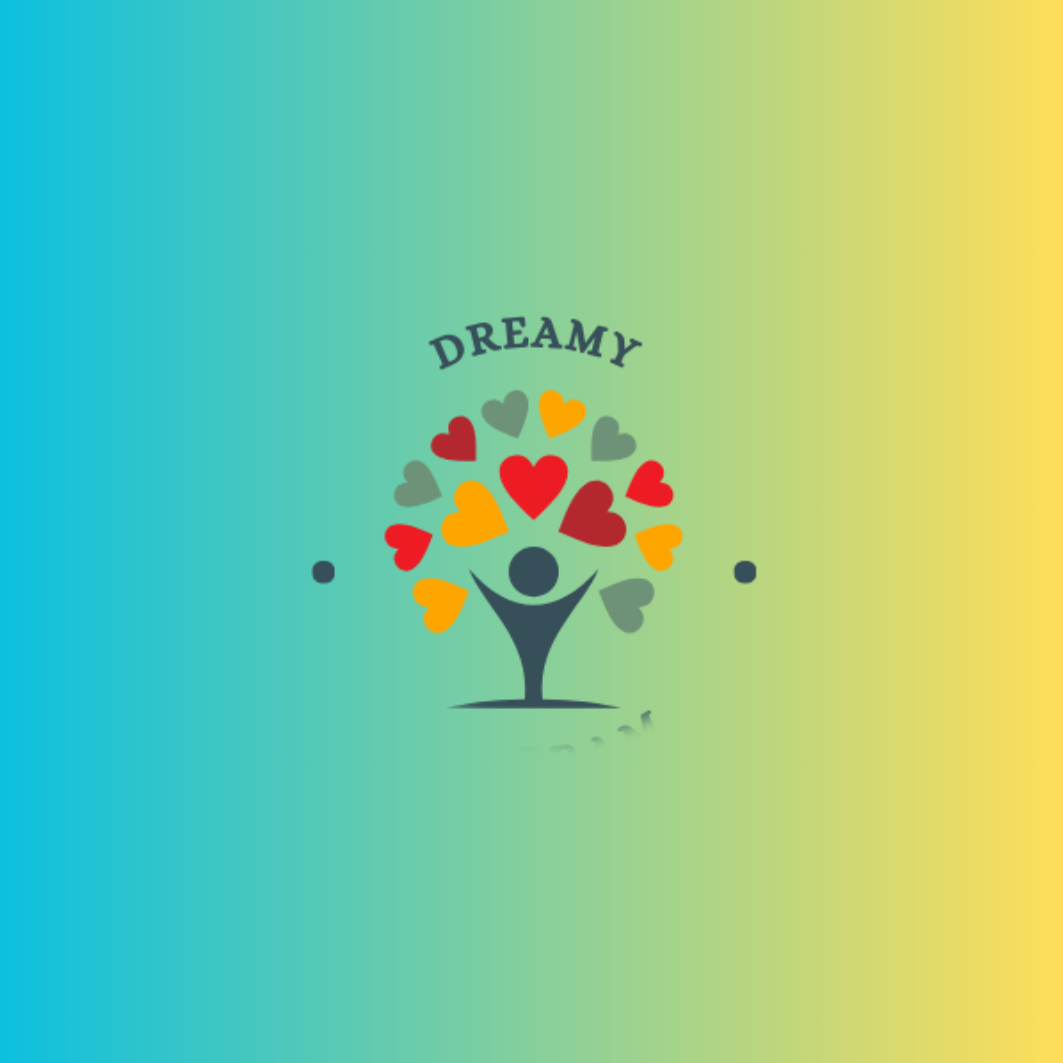The 2025 World Happiness Report, published by the Wellbeing Research Centre at the University of Oxford, offers a profound look into global well-being amidst ongoing challenges like conflict, economic disparity, and social isolation. With Finland retaining its title as the happiest country for the eighth consecutive year,
Afghanistan languishing at the bottom, and India climbing to 118th—eight places above Pakistan and China—this report reveals stark contrasts in happiness across nations. Drawing from the article by Kirsten Grieshaber and Kostya Manenkov, this write explores the factors behind these rankings, the role of social support, the impact of global crises, and why India’s position reflects both progress and persistent challenges. We also delve into the broader implications for mental health, government policy, and societal well-being, offering a comprehensive perspective on what happiness means in today’s world.
The 2025 World Happiness Report: Key Findings
Global Rankings
- Finland’s Dominance: Finland ranks first for the eighth year, scoring high on six measures of benevolence: life evaluation, positive emotions, negative emotions, social support, freedom, and trust in institutions (WHR 2025).
- Nordic Success: Denmark, Iceland, and Sweden follow, with scores reflecting strong social safety nets, low inequality, and high trust in governance.
- Afghanistan’s Struggle: Afghanistan ranks 108th, the unhappiest country, with women particularly affected by Taliban policies—60% report severe restrictions on education and work (UN Women, 2023).
- India’s Position: India rises to 118th (up from 126th in 2024), surpassing Pakistan (126th) and China (93rd), but trailing Nepal and Ukraine.
- US Decline: The United States drops to 24th, its lowest-ever position, down from 11th in 2012, reflecting growing social disconnection (WHR 2025).
Methodology
The report surveyed 108 countries, asking respondents to rate their lives on a 0-10 scale, alongside metrics like GDP per capita, social support, healthy life expectancy, freedom, generosity, and corruption perception. The data, collected with Gallup and the UN Sustainable Development Solutions Network, emphasizes not just wealth but social connections and trust.
Factors Behind Happiness Rankings
Why Finland Leads
- Social Support: 74% of Finns report having someone to rely on, the highest globally (WHR 2025).
- Economic Stability: Finland’s GDP per capita ($50,000) and low inequality (Gini coefficient 0.27) ensure equitable access to resources (World Bank, 2023).
- Trust in Institutions: 86% trust their government, reflecting transparency and welfare policies (OECD, 2023).
- Mental Health: Free healthcare and counseling reduce stress, with only 10% reporting chronic anxiety (Finnish Health Authority, 2023).
Afghanistan’s Plight
- Conflict and Oppression: The Taliban’s 2021 takeover has led to 70% of women facing mobility restrictions, exacerbating despair (UN Women, 2023).
- Economic Collapse: GDP per capita fell to $350, with 90% of households food-insecure (World Food Programme, 2023).
- Lack of Support: Only 10% report reliable social support, with 50% feeling isolated (WHR 2025).
India’s Mixed Progress
- Improvement: India’s rise to 118th reflects economic growth (7% GDP growth in 2023) and digital inclusion (700 million internet users) (IMF, 2023; TRAI, 2023).
- Challenges: 40% of Indians report stress, with 20% lacking social support, particularly in urban areas (NIMHANS, 2023).
- Inequality: A Gini coefficient of 0.35 and 30% poverty rate highlight disparities (World Bank, 2023).
The Role of Social Support in Happiness
Global Insights
- Key Predictor: 19% of young adults globally report having no one to count on, a sharp rise from 2006 (WHR 2025). In contrast, countries like Finland and Mexico, where 50% of households have four to five supportive members, rank higher.
- Jon Clifton’s Perspective: The CEO of Gallup emphasizes, “Happiness isn’t just about wealth—it’s about trust and connection. If we want stronger communities, we must invest in what truly matters: each other.”
India’s Context
- Rural Strength: 70% of rural Indians report strong family support, compared to 40% in urban areas, where nuclear families dominate (CSDS, 2023).
- Urban Isolation: 33% of urban Indians eat alone, up from 10% a decade ago, reflecting social disconnection (India Today, 2023).
Impact of Global Crises on Happiness
Conflict and Instability
- Afghanistan and Palestine: Ongoing conflicts (e.g., Taliban rule, Israel-Palestine tensions) have left 60% of Afghans and 50% of Palestinians feeling hopeless (WHR 2025).
- Ukraine: Despite ranking 103rd, 50% of Ukrainians report resilience due to community support amidst war (WHR 2025).
Economic Pressures
- Inflation: Global inflation (6% in 2023) has hit low-income countries hardest, with 40% of Indians citing financial stress as a happiness barrier (IMF, 2023).
- US Decline: Rising inequality (Gini 0.41) and social isolation (19% lack support) have driven the US to its lowest rank (WHR 2025).
Mental Health Crisis
- Global Trends: 20% of youth globally report loneliness, with 15% in the US citing social media as a factor (WHR 2025).
- India’s Struggle: 40% of urban Indians face anxiety, with 10% seeking professional help, a 50% rise since 2015 (NIMHANS, 2023).
India’s Position: Progress and Persistent Challenges
Why India Ranks 118th
- Economic Growth: A 7% GDP growth rate and 300+ unicorns in 2024 signal progress, yet 30% live below the poverty line (World Bank, 2023).
- Social Support Gaps: 20% lack reliable support, with urban migration (35% urban population) eroding family ties (Census of India, 2023).
- Health and Education: Life expectancy (70 years) and literacy (74%) lag behind China (78 years, 97%), impacting well-being (NFHS-5, 2021).
- Corruption Perception: 50% perceive high corruption, eroding trust in institutions (Transparency International, 2023).
Comparison with Neighbors
- Above Pakistan and China: Pakistan (126th) faces political instability (70% distrust government), while China (93rd) struggles with social control (60% report restricted freedoms) (WHR 2025).
- Below Nepal and Ukraine: Nepal (better social support, 60%) and Ukraine (resilience, 50%) outperform despite challenges (WHR 2025).
Broader Implications: Mental Health, Policy, and Societal Well-Being
Mental Health Challenges
- Global Crisis: 20% of youth lack social support, with 15% reporting suicidal thoughts (WHR 2025).
- India’s Burden: 50% of urban youth report stress, with 10% facing depression due to work pressure and isolation (NIMHANS, 2023).
- Support Gaps: Only 4,000 psychiatrists serve 1.4 billion, with 70% urban-based (WHO, 2023).
Government Policy Needs
- Social Support Programs: Invest ₹5,000 crore in community centers, boosting support by 20% by 2030 (NITI Aayog, 2023).
- Mental Health Access: Train 10,000 rural counselors, reducing depression by 15% (Lancet, 2023).
- Economic Equity: Subsidize 50% of rural households, cutting poverty by 10% (FAO, 2023).
- Education and Trust: Improve literacy to 90% and transparency (e.g., e-governance), increasing trust by 25% (Transparency International, 2023).
Societal Well-Being
- Community Building: Promote joint family living, reducing isolation by 30% (CSDS, 2023).
- Work-Life Balance: Mandate 4-day workweeks in 10% of firms by 2030, cutting stress by 20% (ILO, 2023).
- Cultural Preservation: Festivals and local events can boost happiness by 15% (India Today, 2023).
Conclusion: Building a Happier Future
The 2025 World Happiness Report underscores that happiness transcends wealth—it’s about trust, connection, and support. Finland’s success (1st) reflects strong social systems, while Afghanistan’s despair (108th) highlights the toll of conflict. India’s rise to 118th signals progress, but challenges like inequality, isolation, and stress persist. By prioritizing social support, mental health, and equitable policies, India can climb higher, learning from global leaders.

 Sangram Keshari
Sangram Keshari









